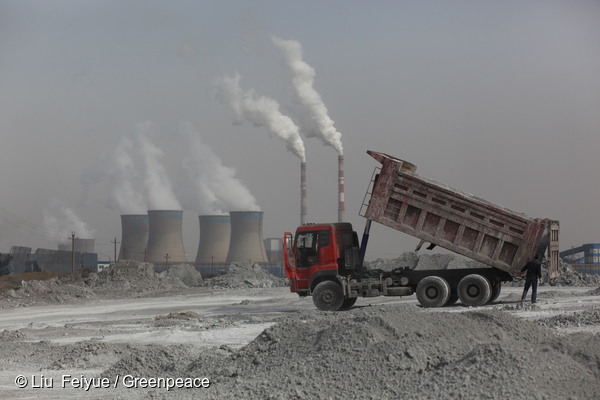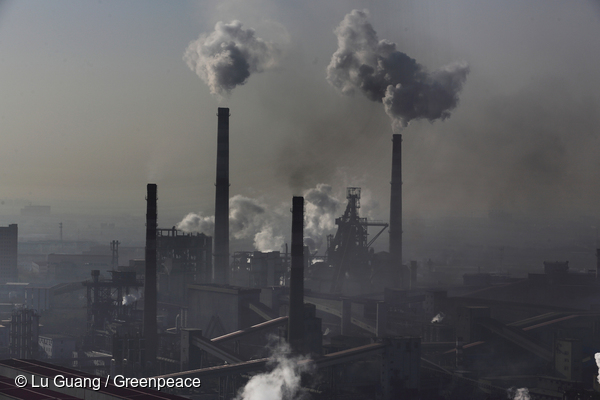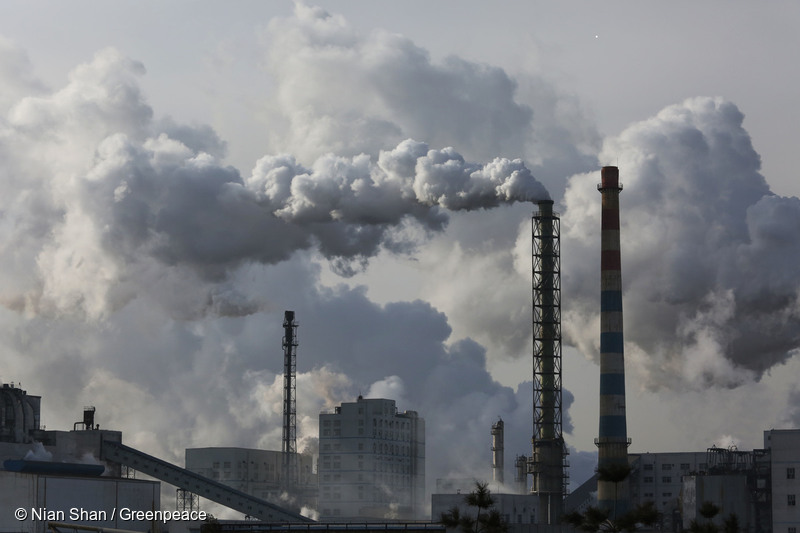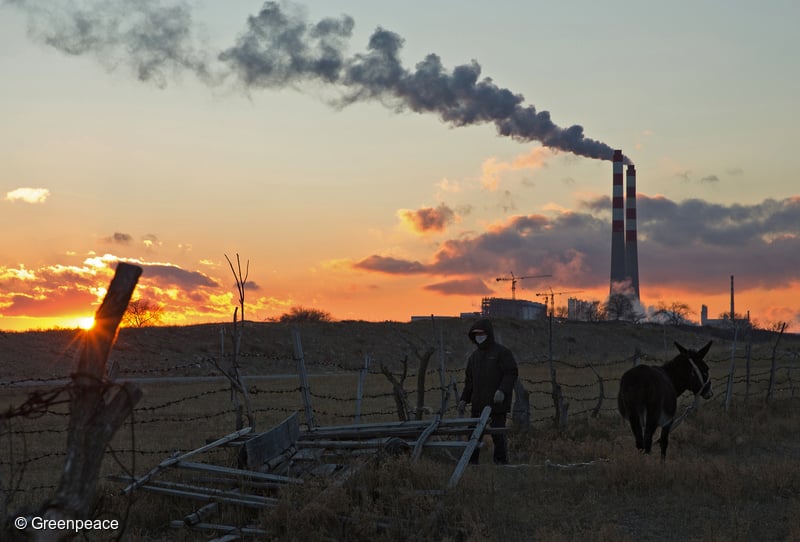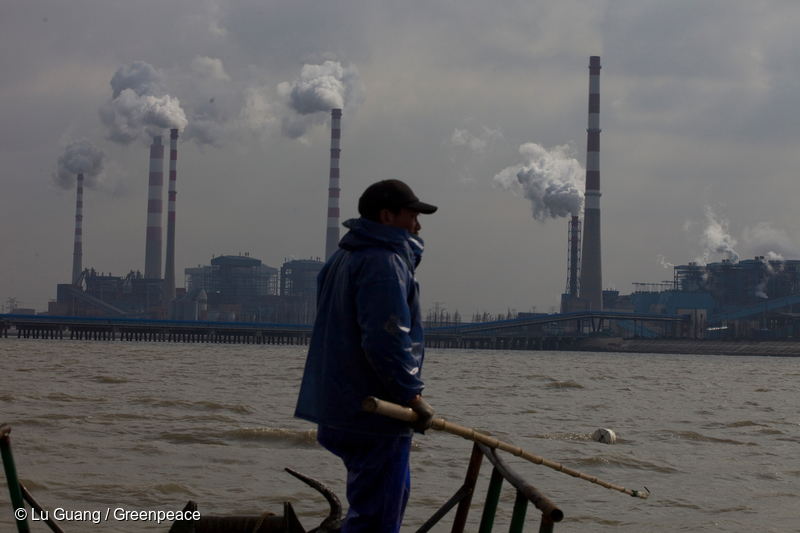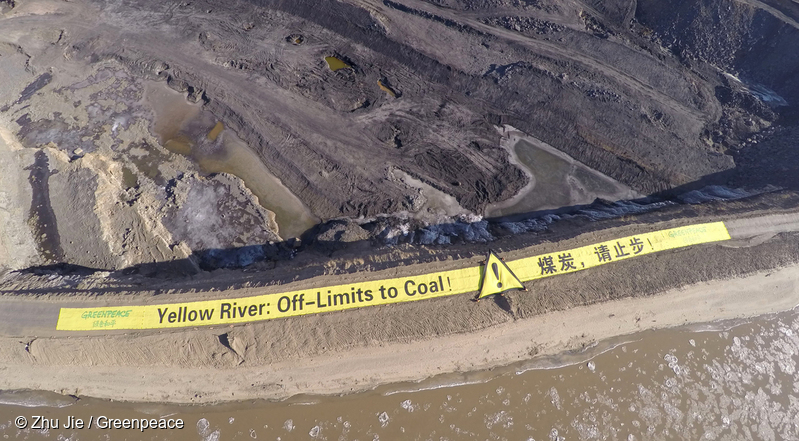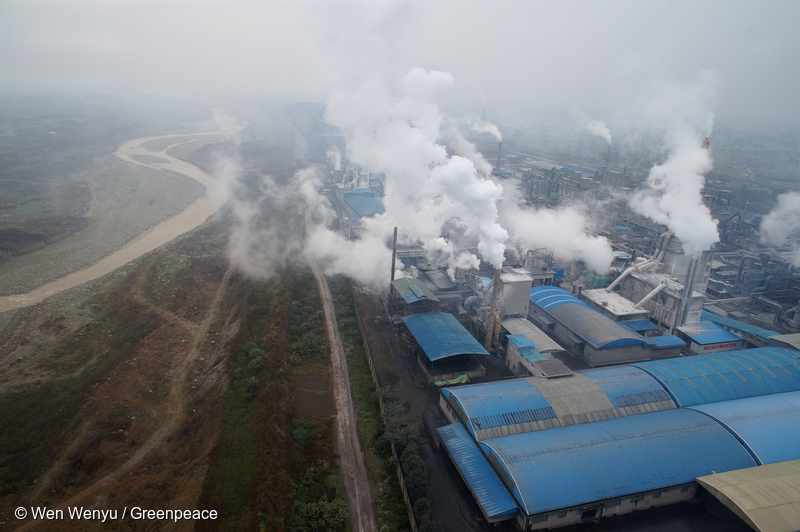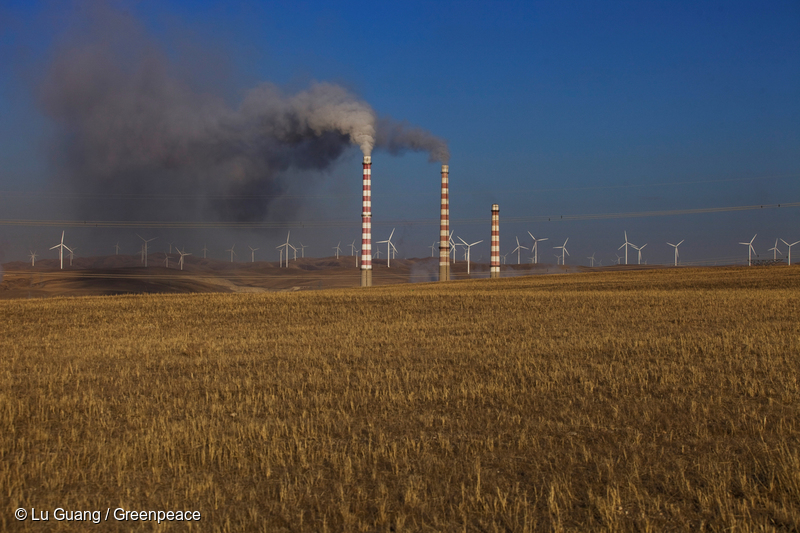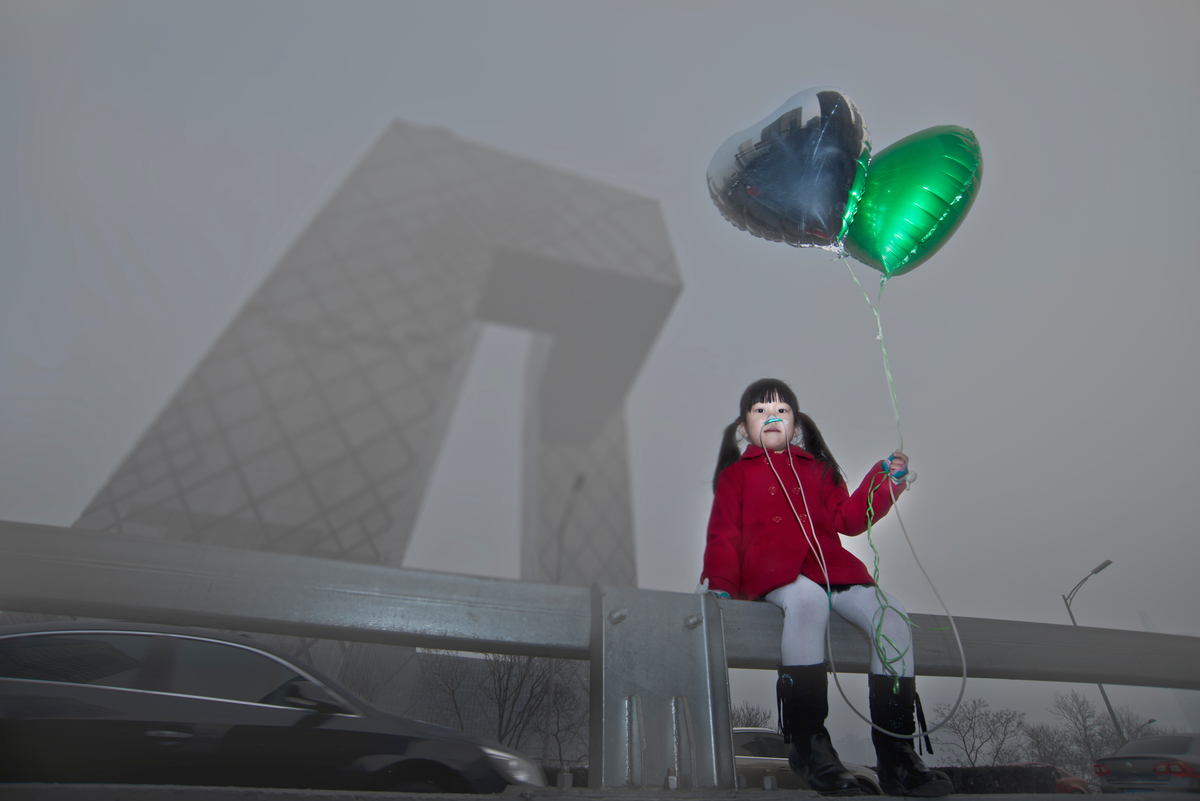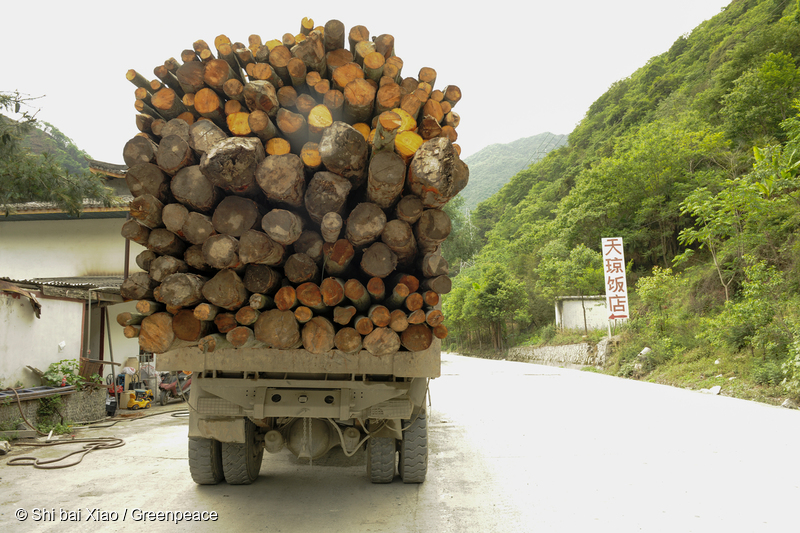All articles
-
Estimating Carbon Emissions from China’s Coal-to-Chemical Industry during the “13th Five-year Plan” Period
China’s coal-and-chemical industry has long been controversial for its high level of carbon emissions. In the recently released “13th Five-year Plan for Energy”, the coal-to-chemical industry was set a number of key construction regions. Meanwhile, global fossil fuel carbon emissions have seen a zero growth rate for three years in a row. The reduction in…
-
Media Update: Beijing PM2.5 carcinogen concentration falls as less coal burnt
Beijing, 14 November, 2016 - In 2013 Greenpeace East Asia, in collaboration with the Public Health Faculty of Peking University, reported that PM2.5 in Beijing contained levels of the heavy metal and group 1 carcinogen, arsenic, 3.85 times higher than the national standard.[1] The report also found worryingly high levels of two other carcinogens, cadmium…
-
Study on Economics of Coal-fired Power Generation Projects in China Report
After analyzing the thermal-power (coal-power) related phemonenon and data of the power sector in 2015, the mismatching of use and resources remains complex. With a 2.3% annual drop in thermal power generation and only 0.5% growth in total electricity consumption, the addition of installed capacity of coal-fired plants is incompatible with demand at 52,000 megawatts…
-
Boom and Bust 2016
The world has too many coal-fired power plants, yet the power industry continues to build more. While the amount of electricity generated from coal has declined for two years in a row, the industry has ignored this trend and continues to build new coal-fired generating plants at a rapid pace, creating an increasingly severe capacity…
-
How the Coal Industry is Aggravating the Global Water Crisis
In its Global Risks Report 2015, the World Economic Forum stated “water security is one of the most tangible and fastest-growing social, political and economic challenges faced today.”1 Out of all industrial production, the coal industry represents one of the greatest demands on fresh water resources. The entire coal supply chain, including extraction, washing, coal-fired…
-
UPDATE: Is China doubling down on its coal power bubble?
In January-December 2015, China’s Ministry of Environmental Protection and provincial Environmental Protection Bureaus gave at least one positive permitting decision to a total of 210 coal-fired power plants with a total capacity of 169 gigawatts – four power plants per week. This surge of approvals seems to have resulted from China’s decision to decentralize authority…
-
Clean Air Action Plan: The Way Forward
Greenpeace analysis of satellite-based particulate matter measurements over the past decade shows that China’s systematic efforts to combat air pollution have achieved an impressive improvement in average air quality in the country in the past few years – although pollution levels remain alarmingly high. In contrast, air pollution levels in India, and in particular North…
-
Pipe Dreams
In this report, Greenpeace explores the development of China’s coal-to-chemical sector and environmental problems of the industry. We look at the efforts of one such SOE, the Datang group, one of China’s top 5 state-owned power sector giants, which had the ambition of building China’s largest and most advanced coal-to-gas plants, and its most extensive…
-
Greenpeace City Rankings 2015 Summary
Greenpeace East Asia’s 2015 annual city rankings show that average PM2.5 concentration in 189 cities around China fell by 10% compared to 2014 levels. However, 80% of a set of 366 cities in China still fail to meet the national standard on air quality. Moreover, the smog experienced by Beijing and other cities across northern…
-
Opportunity Knocks: how and why Chinese importers need to help fight illegal logging in the Congo Basin.
The second-largest tropical rain-forested area in the world after the Amazon, the Congo Basin Forest, is under increasing threat of deforestation and forest degradation. One of the key drivers is commercial logging. This vast area supports more than 75 million people who rely on these natural resources for their livelihoods. It also stores a massive…

